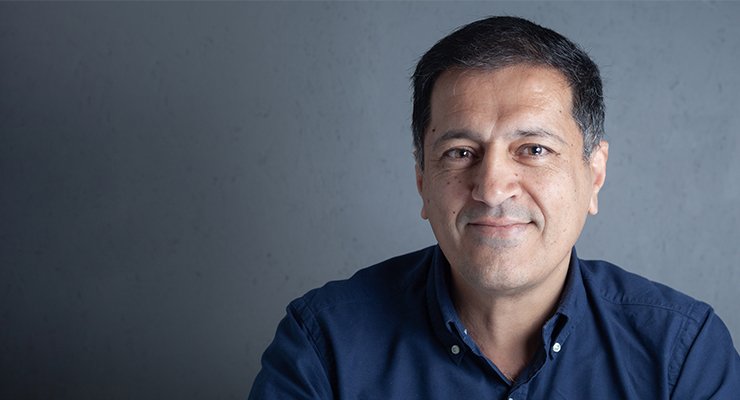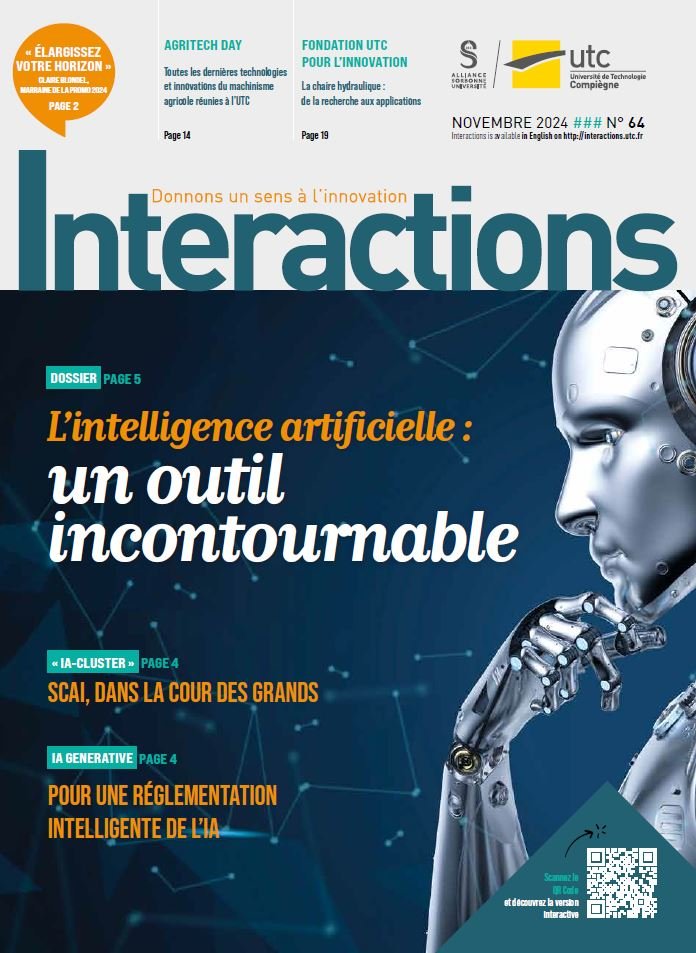Research targeted on environmental issues

Professor Khashayar Saleh, director of UTC-TIMR, with activities focussed on green chemistry and associate processes. Research areas such as decarbonised energy processes, bio-sourced products and the recovery of non-conventional waste are prioritised.
One of our flagship carbon-free process projects? «One of our main areas of research concerns the storage of solid hydrogen, an energy carrier with very high energy capacities. Generally speaking, we use gaseous carriers to achieve high yields and efficiency. And the gaseous state implies the need for storage under pressure. Hydrogen is the smallest chemical element after helium, so you need a very high pressure of several hundred bars to liquefy it, calling for a lot of energy,» he explains.
This problem prompted an industrial partner to ask the UTC-TIMR-IMiD team to explore alternatives to hydrogen storage. «The idea is to store the hydrogen in a powder based on metal hydrides, which are absorbent carriers made up of matrices capable of condensing the hydrogen into chemical form,» he says. How can this be seen as of interest? «Well, we shall be able to store hydrogen at much lower pressures. If we look at the issue of mobility, in other words on-board use, we’ll be able to replace the petrol tank with cartridges. This already exists, fitted to some scooters. We’ll also be able to power batteries with fuel cells. It’s also safer storage, because the risks are not the same in the event of an accident, with a 20-bar tank compared with nearly 700–800 bar for a liquid storage tank. We have clearly demonstrated the capacity to absorb hydrogen on a solid support and at pressures and temperatures compatible with the use of a vehicle,» explains Khashayar Saleh.
The feasibility of this technology has therefore been demonstrated, although a number of challenges do remain. «The first concerns the density or quantity of hydrogen that can be incorporated into the solid, given that the current yield is 2%, i.e. for every 100 kg of solid, we only get 2 kg of hydrogen. To have a range of 500 km, you need 5 kg of hydrogen. So that’s the second challenge, that of density, because we need to incorporate 250 kg of solid matter into the matrix. At a time when constructors are lightening the weight of vehicles to make them more fuel-efficient, this poses a problem. These are two challenges that can be solved in stationary applications, but are more difficult to meet in on-board applications. The third challenge is loading and unloading on command. If we take the example of a hydrogen station, charging needs to be fast. There are two possible scenarios: either you charge directly or you purchase pre-charged tanks, a solution that has been adopted for scooters and electric bicycles. It’s a technology that works for both small and heavy vehicles, but the equation has yet to be solved for intermediate vehicles such as cars, vans and so on. It’s a technology that has real environmental advantages over fossil fuels, with zero CO2, CO or NOx emissions,» he points out. As well as energy, the UTC-TIMR team is also interested in finding alternative solutions to chemical plant protection products. «In this area, we are faced with both environmental and economic concerns. Again, there is the problem of the yield of a crop protection application. When spraying plants, over 50% of the product may be dispersed into the environment for a variety of reasons: either it misses its target because of the wind, for example, or it encounters rebound phenomena and finally it is subject to evaporation. This creates not only a problem of pollution, but also of efficiency. One of the solutions lies in the formulation of anti-drift plant protection products, a combination of formulation and technology. This is the objective we are pursuing with the STIMULE FAUVE project, funded by the Hautsde- France Region and led by Audrey Drelich, a lecturer-cum-research scientist working in this UTC-TIMR unit. The aim is to anticipate the advent of new practices (e.g., treatment by drone) or the end of certain phytosanitary products by developing bio-sourced products», he assures us.
Can you mention other areas of research? «In the long term, we have defined three areas of research: the first concerns all decarbonised energy processes; the second relates to biosourced products; and finally, the third area is the reduction of environmental impact and the recovery of waste, whether the latter be conventional or non-conventional», concludes Khashayar Saleh.




